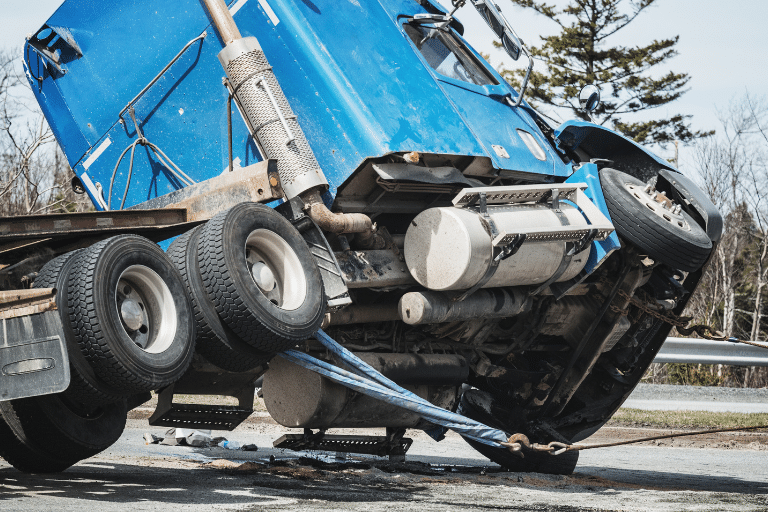November is the peak month for motor vehicles to have collisions with wildlife. Approximately 150-200 fatalities happened every year due to collisions with animals or swerving to avoid a collision with animals.
The most common animal to cause an accident is deer. There are several reasons for this. It is deer mating season, so deer are more active in migration and moving in packs. Also, since the days are shorter, there are more drivers on the road during dawn and dusk, which happens to be the most active time of day and night for deer. Deer mating season lasts from October through December. November is the peak month for collisions with wildlife, followed by October and December. The correlation is clear; during deer mating season motorists are more likely to be involved in an accident involving wildlife.
The number one reason that motor vehicle accidents involving 2 or more cars and wildlife occur is because someone swerves erratically to avoid hitting the deer. It is basic instinct that takes over, but if you think about it, it is quite counter-intuitive. Yes, deer can cause damage to your car, but it actually puts yourself and other motorists in danger if you swerve to avoid a wildlife. Experts agree, even though your gut will tell you to swerve, swerving to avoid hitting wildlife is more dangerous and can cause more accidents, injuries, and even deaths.
Here are some tips for avoided collisions with wildlife:
- Avoid distractions such as cell phones or eating while driving
- Keep an eye on the road while also keeping your peripheral vision keen for sighting wildlife on the side of the road.
- Be prepared to stop and brake if you can.
- Deer tend to freeze in the road. Flashing your headlights might encourage them to move out of the way.
- Don’t bother in investing in a deer whistle or other devices made to ward off deer. Experts agree that those products have proven ineffective. Instead, practice safe driving techniques and follow traffic laws.
- If is important to note of deer prone areas and deer crossing signs, but the fact of the matter is, deer overpopulation leads to deer crossing in more suburban areas, even interstate roads. Just because you don’t see a wooded area nearby the road, doesn’t mean there are no animals nearby.
- Deer travel in packs. If you see one, be prepared to see more.
- Most importantly and to reiterate, resist the urge to swerve drastically. It can lead to a more dangerous and deadly accident.
Ohio is considered a high-risk state for collisions with wildlife. Ohio motorists have an approximate 1 in 125 chance of colliding with a deer at any given moment. As always, driving safe and knowing the statistics about wildlife collisions can helps save your life!
If you or a loved one was injured or killed in an automobile accident due to another driver’s negligence, contact my office immediately. As your Ohio car accident attorney, I’ll be there for you, and I’ll Make Them Pay!®
Author: Tim Misny | For over four decades, personal injury lawyer Tim Misny has represented the injured victim in in birth injury, medical malpractice, and catastrophic injury/wrongful death cases, serving Cleveland, Akron/Canton, Columbus, Dayton and neighboring communities. You can reach Tim by email at misnylaw.com/ask-tim-a-question/ or call at 877.944.4373.







